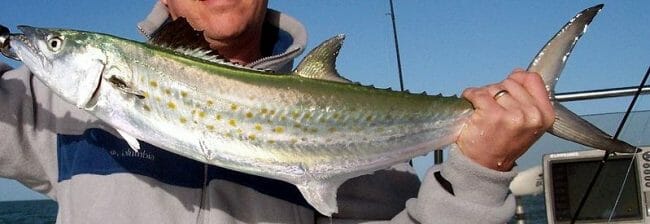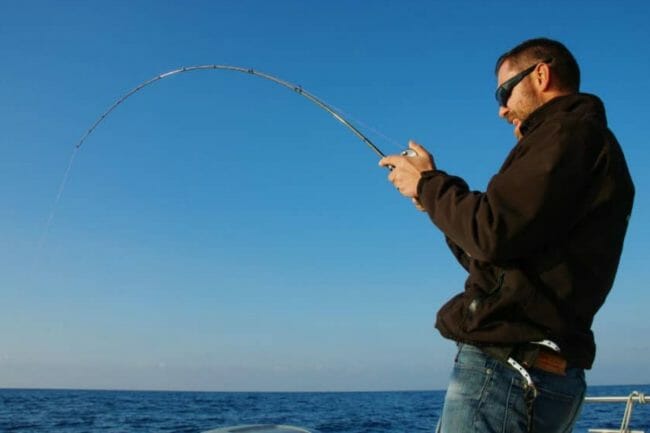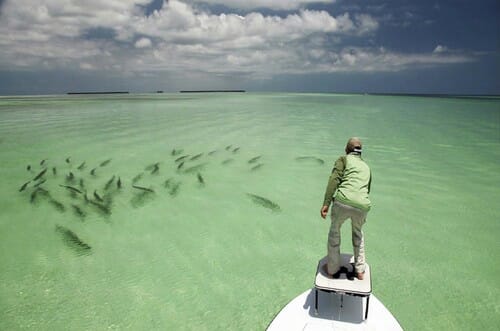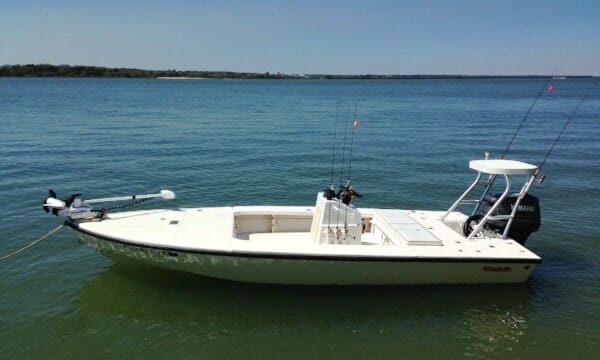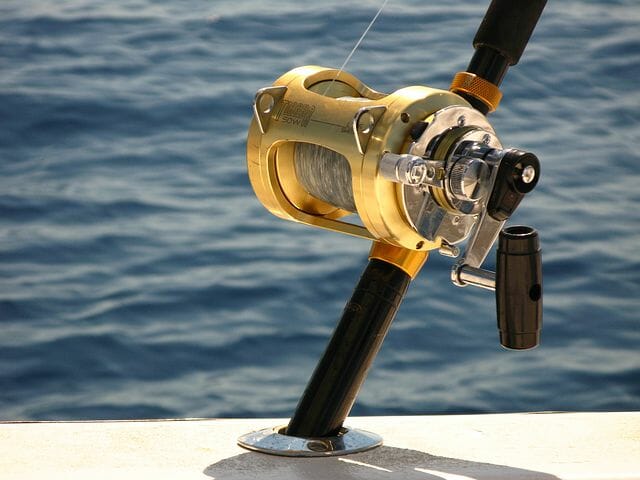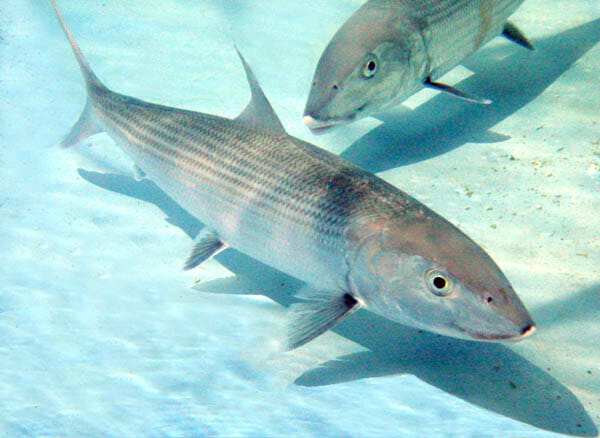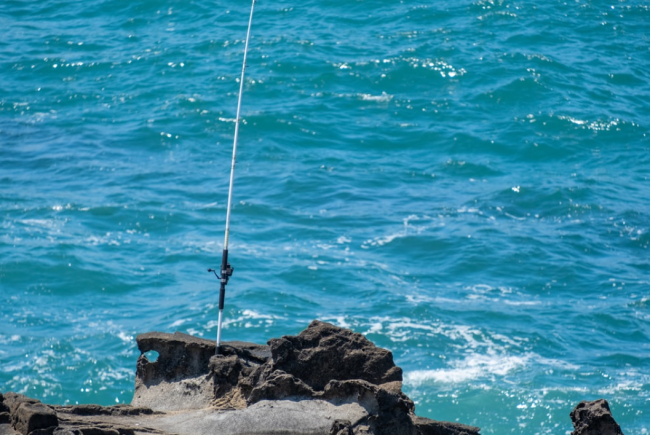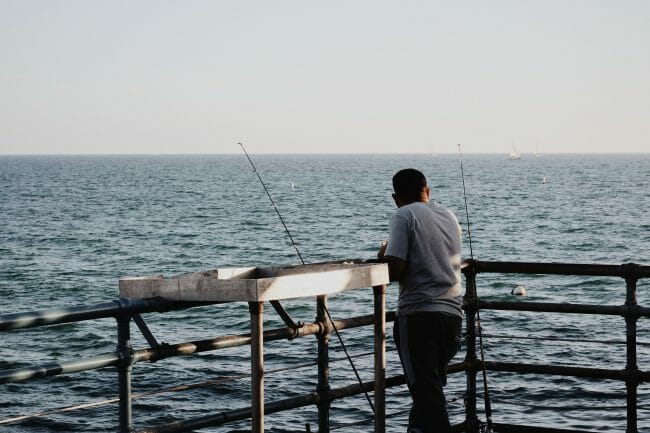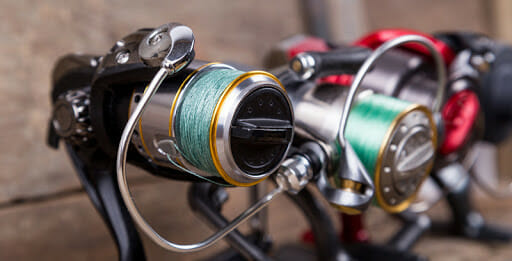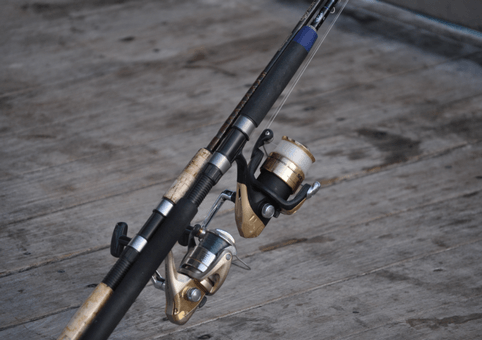Mackerel are among the most popular game fish species that can be found swimming around the coast of North America, Europe and other parts of the world.
They are incredibly tasty and are considered one of the more sporting fish to catch as they are built for speed and power.
Anglers have been using a wide variety of different techniques to catch them, but jigging for mackerel is one of the more productive ways to land one from deep water or along the shoreline.
There are few fish species that are considered to be better table fare than the mackerel as well. These fish are rich in omega 3 fatty acids and pack in as much protein as any other game fish in the ocean.
In most parts of the world where they are prevalent, mackerel can reach lengths of up to 30 cm and often weigh up to 35 kg or more.
Jigging for Mackerel
Understanding the art of jigging for mackerel is a skill that seasoned anglers must grasp in order to truly land some of the largest mackerel swimming the ocean.
In this article, we’ll take a closer look at how you can use jigging to catch mackerel, as well as examine the best times and locations to do so.
Where to Catch Mackerel
Anglers have found success jigging for mackerel over reefs, as well as along the shoreline depending on certain areas.
The best approach to finding the right locations is to do some research and first determine where mackerel are going to be depending on the specific area and time of year you’re fishing.
Like most other popular fish species that can be found around coastal areas, mackerel are known to frequent large reefs, as well as shipwrecks and other structures where smaller bait fish reside.
They use their blazing speed to an advantage, often catching their prey by surprise as they dart from the depths or use cover to their advantage.
Mackerel will also stay near the shoreline as they are able to make easy meals of the schools of bait fish that swim just beyond the surf or along a pier.
Also Read: Surf Fishing for Spanish Mackerel
In fact, piers are one of the best locations to catch hungry mackerel as they are usually biting just about anything they find indiscriminately around the shore.
When to Fish for Mackerel
Like most other game fish species, fishing for mackerel tends to be best in the early morning and late evening as the sun begins to fade into the distance.
According to most experienced saltwater fishermen and women, mackerel feed when they are hungry and this can take place at any time of day.
It’s not uncommon for anglers to load up on a giant mackerel in the heat of the midday sun in most areas.
Mackerel will become most prominent in coastal waters during the warmer months of spring and summer, as well as early autumn in some areas.
June is widely considered to be prime time for catching mackerel from shoreline piers and rock outcroppings as they will often cruise along the coastline in search of unsuspecting fish.
Many anglers can catch mackerel throughout the year over reefs and other structures as the deep water is usually more comfortable for them in the colder months.
It’s safe to say that jigging for mackerel is a technique that can be successfully used any time of the year.
How to Jig for Mackerel
There are a number of different jig varieties that anglers use to catch mackerel. One of the most popular is a feathered or skirted jig that is designed to use the subtle motion of the water to emulate a bait fish’s tail movements.
There are also a number of various baits that offer longer bodies made from rubber or plastic material. Like any type of game fish, the larger the bait; the bigger your catch is likely to be.
In most cases, anglers will use jigging while they drift over the top of a reef. There are a variety of different variations of jigging that have been known to produce strikes of reef-dwelling mackerel.
Reef fishing for mackerel is undoubtedly the best way to catch a giant and anglers can expect to load up on smaller mackerel the closer they get to shore.
You’ll need a jigging rod and reel that can handle a lot abuse. Braid is the preferred choice of fishing line as it is low stretch.
The basic concept for jigging is to keep the lure in the fish’s strike zone for as long as possible.
The strike zone can vary depending on the depth you’re fishing, but there are a number of techniques that can be employed to thoroughly fish a specific area and ensure you haven’t’ ‘missed’ any fish that might be hanging around.
Best Techniques to Catch Mackerel
Some of the most experienced saltwater anglers know that jigging for mackerel is often an art. It might take some practice in order to truly hone in on the right angle, speed at which you’re jigging, and other elements.
When it comes to jigging, any one of the following methods can be considered the best techniques for jigging to catch mackerel.
Fast jigging refers to drifting over a reef and letting your jig sink all the way to the bottom before whipping it up and down in such a way that will cover the entire water column.
Anglers typically work their jig up and down, letting more line out when they want to go deeper and reeling more in if they want to target fish at a higher depth.
Slow jigging is known for the same rapid jerking motion, but anglers will stick to a specific depth range in order to really target a level where they might be seeing fish on the sonar.
When it comes to jigging from a pier or coastal point, anglers simply keep their jig in a certain depth level and whip it up and down in a way that mimics a darting bait fish. It’s usually best to vary the depth level when fishing from piers.
Best Jigs for Mackerel
There’s no need to get fancy when jigging for mackerel. Many of the most experienced anglers agree that a simple bucktail (feathered) jig is usually the best all-around bait for jigging. A bucktail jig allows you to target mackerel of all size and fish in any depth or coastal area.
Jigging for Mackerel from a Boat
If you have access to a boat, you’re virtually guaranteed to catch larger mackerel as these older, more experienced fish know to steer clear of shoreline piers and other heavily-fished areas.
Jigging from a boat is simple and easy and will allow you to fully fish a reef from every angle.
Jigging for Mackerel from the Shoreline
Fishing along the shoreline can be productive for mackerel if you’re able to do so at a vertical angle that allows for proper lure presentation.
It’s best to be as ‘straight up and down’ as possible, so find a spot where the depth level drops off considerably if you’re fishing from the shore.
As we’ve noted already, piers are known to be hotspots for jigging to catch mackerel. If you’re able to fish from a pier or other part of the shore, be patient as there won’t be quite as many mackerel cruising along the coast.

